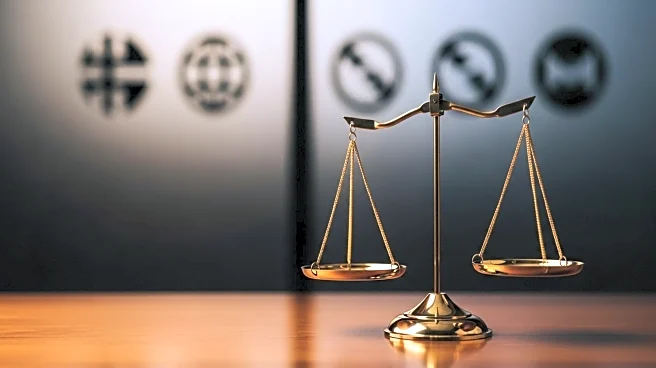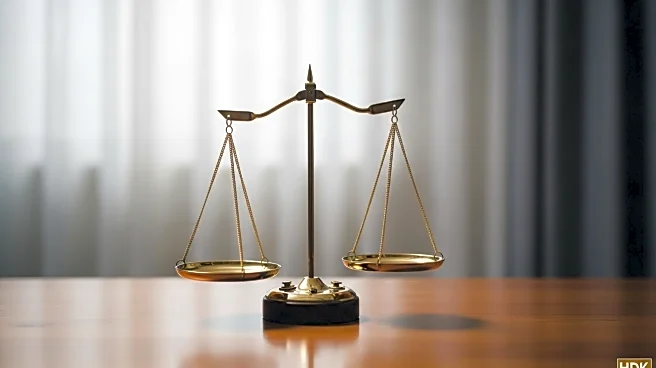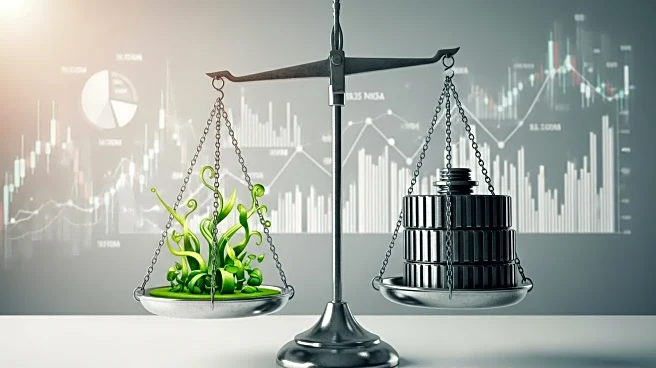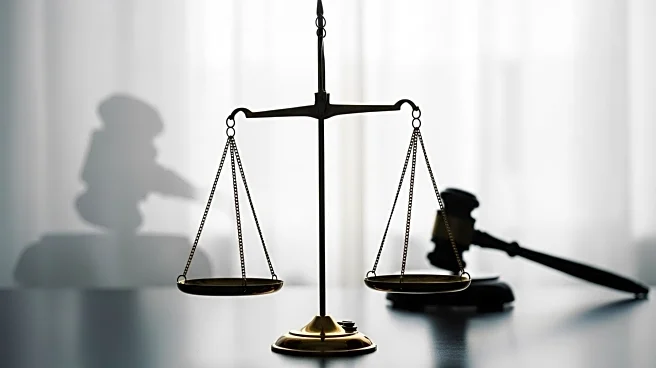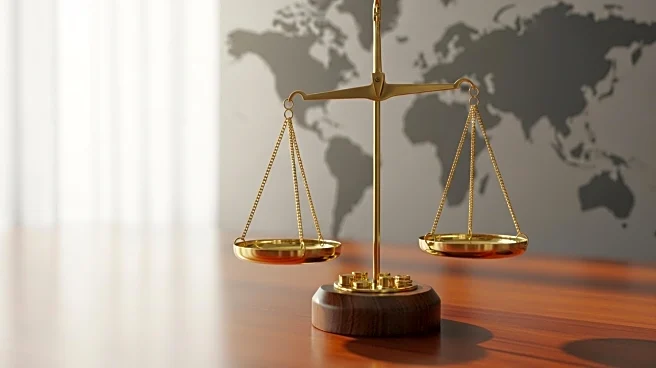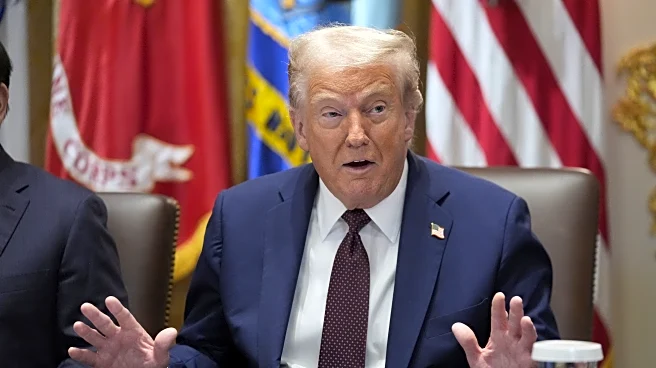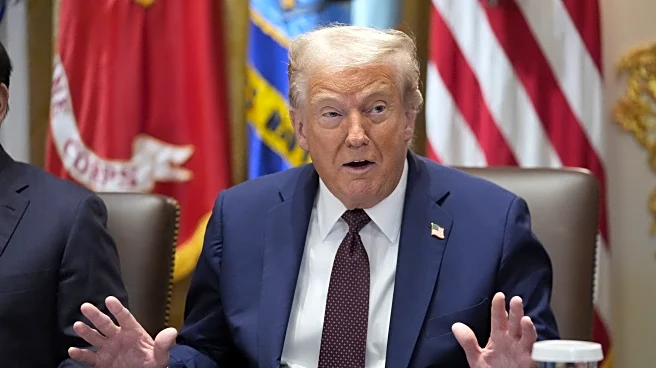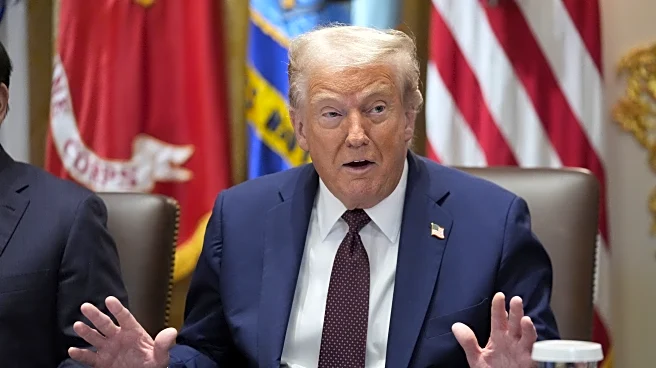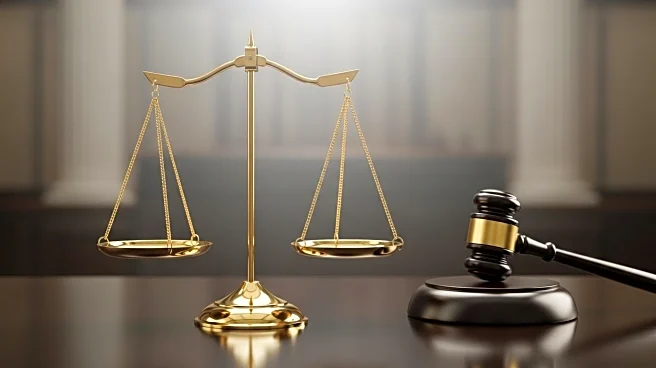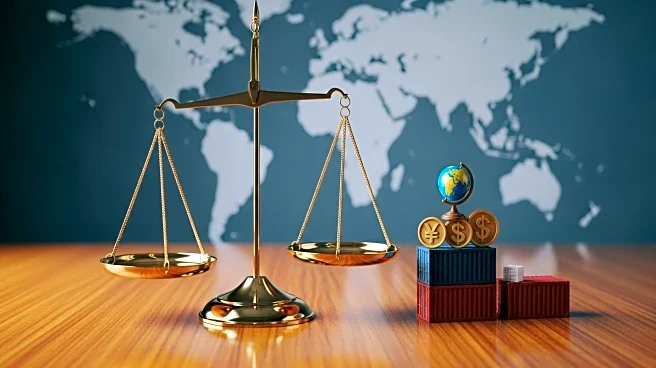What's Happening?
A federal appeals court has ruled that the majority of tariffs imposed by President Trump were unlawfully enacted, affirming a previous decision by the Court of International Trade. The court found that Trump's use of the 1977 International Emergency Economic Powers Act to declare an 'economic emergency' and impose tariffs without congressional approval violated legal norms. Despite the ruling, the tariffs remain in effect, and Trump has expressed intentions to appeal to the Supreme Court. Critics, including economist Paul Krugman, have labeled Trump's tariff strategy a 'self-inflicted disaster,' highlighting the contradiction between declaring an economic emergency and asserting a robust economy.
Why It's Important?
The court's decision has significant implications for U.S. trade policy and economic relations. If the tariffs are removed, it could lead to substantial refunds of collected tariffs, impacting federal revenues. The ruling also challenges Trump's unilateral approach to trade policy, which has strained diplomatic relations and unsettled global markets. The Justice Department has warned that removing the tariffs could lead to 'financial ruin' for the nation. The outcome of this legal battle could affect American businesses, consumers, and international trade agreements.
What's Next?
The Trump administration is expected to appeal the decision, with the ruling set to take effect on October 14. The Supreme Court's involvement could further influence the future of these tariffs and U.S. trade policy. Trump has indicated his determination to leverage the court's support to maintain the tariffs, framing them as essential for American industry. The ongoing legal proceedings will continue to impact economic stakeholders and trade relations.
Beyond the Headlines
The ruling highlights the legal limitations on presidential authority in trade matters, emphasizing the need for congressional involvement in significant economic decisions. It also underscores the broader debate over the balance of power between the executive branch and legislative oversight in shaping U.S. trade policy.
